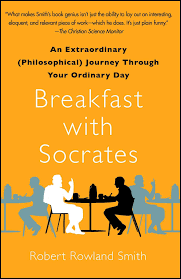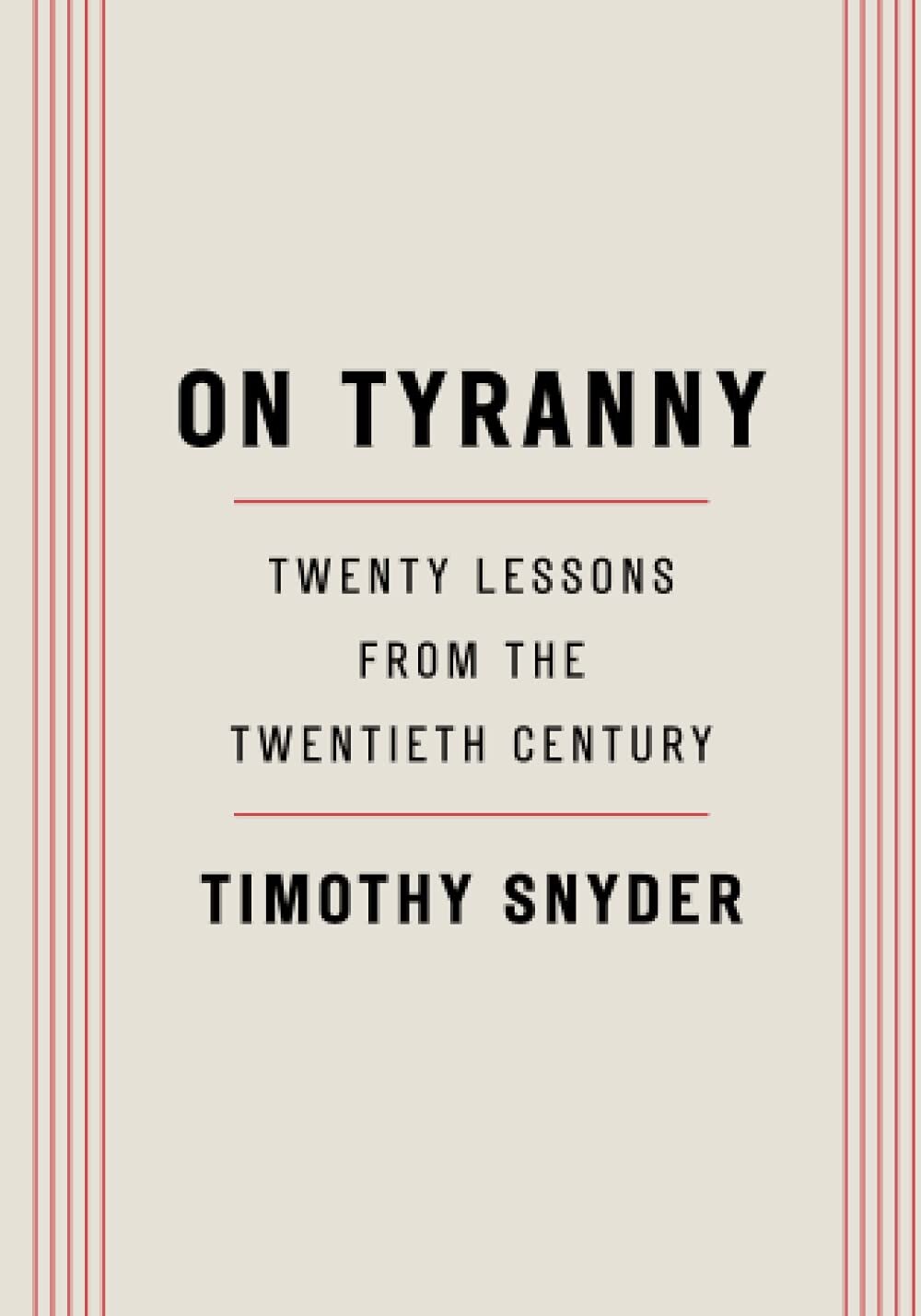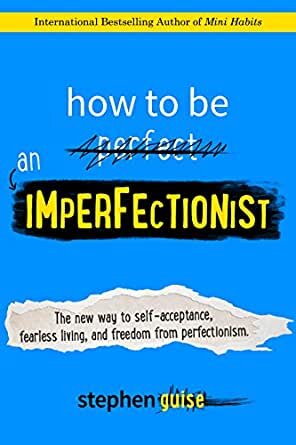A Thorough and Readable Take on Political Polarization

One of my biggest qualms about political science books is that they’re unreadable.
They are typically filled with boring analyses, uncontextualized arguments, and unnecessary jargon. They also necessitate a more comprehensive understanding of the subject matter to appreciate.
But if you have been even peripherally aware of politics in the last four years, Ezra Klein’s, Why We’re Polarized, will be a tremendous help in understanding the most defining feature of today’s political climate.This is one of the rare political books that I read in one day because of how good it was.Like every other book in its genre in the last four years, Why We’re Polarized begins with analyzing Trump’s victory in 2016. Klein takes a data-backed argument from a fellow political scientist, Larry Bartels, showing that Trump’s victory was not the historical anomaly pundits made it out to be.
Despite being the most enraging and controversial candidate and being denounced from most Republican Party leaders until the last month of his campaign, Trump’s votes on November 8th looked remarkably similar to Romney’s from four years before.
This demonstrated to Klein that people’s identities and voting behavior were more tied to political parties than ever before if the stark character and rhetorical difference between Romney and Trump was not represented in the numbers at all.
In the rest of the book, Klein explains the roots of this party polarization from the split of the Democratic Party over Civil Rights legislation, cites countless studies on how people think of their identities in political and non-political contexts, and investigates the profound impact of the news and social media on polarization.
His language is clear and simple and you’ll realize how much easier it is to comprehend all of this information in a book instead of on the internet, where Youtube and Twitter are only a click away.I also sincerely appreciate his non-cliché ending. Many writers addressing this topic polemicize that we need to “reach across the aisle” and understand the other side’s arguments better, but Klein argues for structural proposals to our government to ease polarization and for people to start concentrating more on state and local politics to avoid getting caught up in the rancorous drama on the national scene.
Here are some of my notes to encourage you to read the book. I highly recommend it.
Toxic systems compromise good individuals—we try to fix the systems by changing the people who run it, only to find that they become part of the system too.






